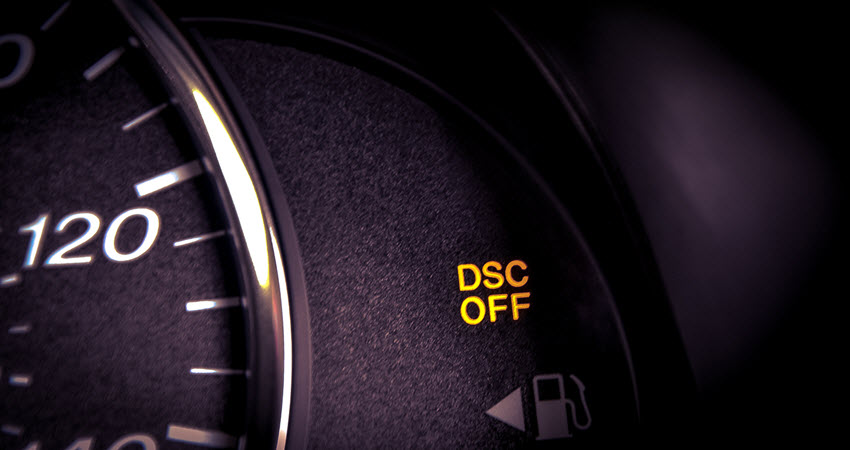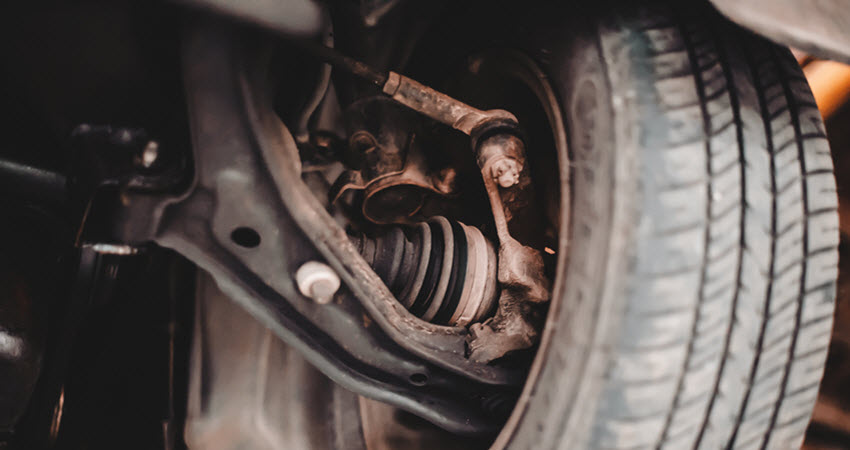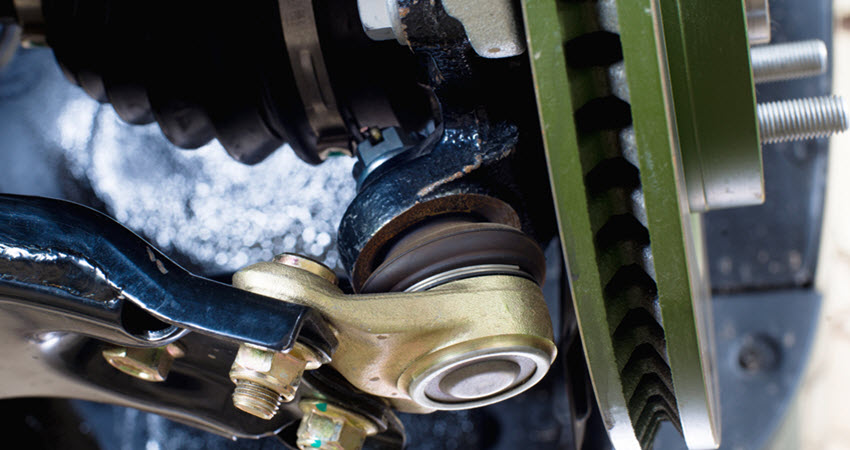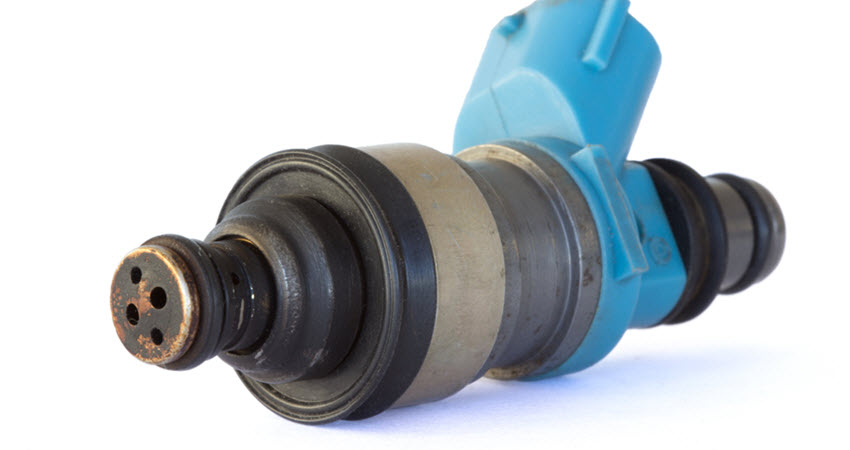News

Signs That Indicate Your Audi’s EGR Valve Needs Replacement In Herndon
Audi is one of the most popular high-end cars that is seen widely on the road of Herndon and is known for its performance and advanced features. However, issues with the functioning of the Exhaust Gas Recirculation (EGR) valve can adversely affect the performance of...

Where in Herndon Should I Go to Fix My Audi’s Digital Dashboard?
Your Audi’s digital dashboard is an important instrument designed to help you with things like: Navigate Control your speed Maintain fuel levels Monitor engine status Adjust driving controls Regular maintenance on your Audi should include inspecting dashboard...

Signs Associated with DSC Failure in a BMW
BMWs are known for being sleek, elegant, and filled with the most modern amenities. One of the reasons it often makes the list of safest family cars is its advanced dynamic stability control system (DSC). The DSC supports drivers in the event of a vehicle skidding by...

How to Deal with Front Strut Failure with Your Volvo
Volvos are a popular vehicle across North America. As a high-quality vehicle, Volvos are built for precision, power, and durability. Unfortunately, like any vehicle, regular wear and tear requires maintenance over time. One area the Volvo feels this most is the front...

How to Address Your BMW’s PCV Failure
A BMW is a top-of-the-line European import known for high performance and luxury amenities. A sleek design and incredible safety standards make BMWs a popular choice for singles, families, and business vehicles. While the brand isn’t known for faulty engines, engine...

How to Deal With BMW 3 Series Ball Joint Failure
BMWs are a joy to drive. They are known for their superior engineering, riding in comfort, and are some of the best-handling cars in the world. If you are fortunate enough to own one, you certainly are extra concerned when you hear the ball joints making unusual...

The Importance of Fuel Injector Servicing for Your BMW
As a proud BMW owner, you already understand that driving the Ultimate Driving Machine is an experience like no other. BMW's reputation for performance, luxury, and engineering excellence is well-deserved. However, to keep your BMW running at its best, regular...

Best Repair Shop in Herndon For Fixing Your Failing Volvo Camshaft Position Sensor
Your Volvo's engine is a complex assembly of various components working together to deliver optimal performance. One crucial element in this intricate system is the camshaft position sensor. The camshaft position sensor plays a pivotal role in ensuring that the engine...

Best Garage in Herndon For Tackling BMW Fuel Pressure Regulator Failure
BMW vehicles are renowned for their performance and engineering excellence. However, like any mechanical system, they are not immune to parts failure. One such critical component in the fuel system of a BMW is the fuel pressure regulator. This regulator plays a vital...

Herndon’s Experts to Replace Your Volvo’s Steering Column
The steering column plays a fundamental role in the operation and control of your car or SUV. It is a vertical shaft or tube that extends from the steering wheel down to the steering gear, which is connected to your Volvo's front wheels. This column comprises several...

 Mon – Fri: 8am – 6pm
Mon – Fri: 8am – 6pm  134 Spring Street
134 Spring Street  (703) 471-4494
(703) 471-4494